In this article, we would like to honor influential contemporary neuroscientists that had a major influence on the development of human behavior research. They all have their unique perspectives and contributions to their specific field of expertise. We think that they are important names to know for all behavioral science enthusiasts out there.
The names here are listed in alphabetical order by surname.
Lisa Feldman-Barrett:

Dr. Feldman-Barrett is a world-renowned neuroscientist from Northeastern University. She is well known for her theory of constructed emotions. Contrary to popular theories of innate and universal emotions that emphasize the commonalities in emotional expressions across all human cultures, Dr. Feldman-Barrett’s theory emphasizes the differences in emotions across different cultures and environmental factors.
Follow Dr. Feldman-Barrett here:
ResearchGate
LinkedIn
David Chalmers:
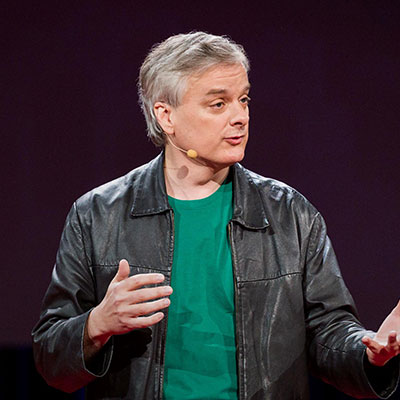
Dr. Chalmers is a rockstar cognitive scientist and philosopher. He literally is a rock star too, having a band called Zombie Blues. Fun fact: The band’s name hints at the notion of “a philosophical zombie”. Philosophical zombies are often used in thought experiments to imagine unconscious beings that act identically as humans, in a way indistinguishable from conscious humans. This notion is used to demonstrate the “hard problem of consciousness”, which Dr. Chalmers is famous for having conceptualized. The hard problem of consciousness delineates the difficulty to explain the function of subjective experiences. He argues that if we can imagine robot-like zombies that are programmed to act just like humans, there has to be another, non-physical, explanation for being conscious.
Follow Dr. Chalmers’ online here:
Personal Website
Twitter
Bonus: One of his lectures at Google Talks
The Meta-Problem of Consciousness
Antonio Damasio
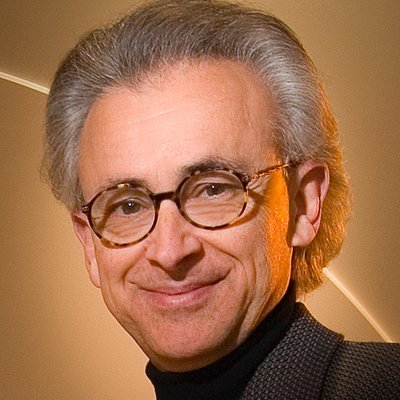
Dr. Damasio is one of the pioneers of affective neuroscience. He is possibly cited in every scientific paper on human emotions. His “somatic marker hypothesis” has been cited in more than three thousand papers to date. This hypothesis claims that the biological processes that are correlated with emotions influence cognitive processes by directly stimulating the nervous system. This idea is foundational to much of the research conducted with iMotions.
See more of Dr. Damasio’s theories here:
TedTalk
Twitter
Adele Diamond

Dr. Diamond is an expert in developmental cognitive neuroscience. Her lab’s research at the University of British Columbia focuses on executive functioning in children and how they are modulated by both genetic and environmental factors. Dr. Diamond’s team uses functional magnetic resonance imaging to identify neural structures of executive function as well as collect socioeconomic data to answer how economic factors like poverty influence the development of executive functioning.
Here is a really interesting TED Talk by Dr. Diamond.
Michael Gazzaniga:
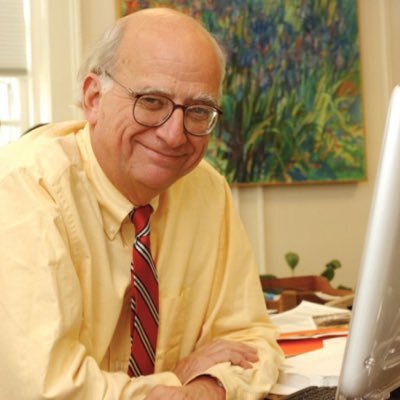
Dr. Gazzaniga is certainly among the most influential cognitive neuroscientists that ever lived. He is 81 years old, so we would like to honor his seniority and years of contribution to neuroscience. Dr. Gazzaniga can also be considered as a literal rockstar, as he has a band called The Amygdaloids. Dr. Gazzaniga developed our understanding of functional lateralization in the brain, meaning he discovered the different functions of the left and right hemispheres.
Read more about Dr. Gazzaniga here:
Wikipedia
Suzana Herculano-Houzel:
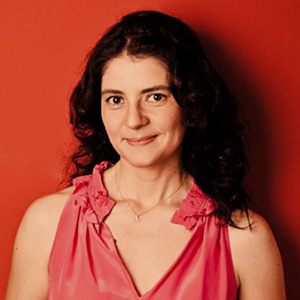
Dr. Herculano-Houzel contributed to neuroscience by specializing in comparing the association between brain size, neuron counts, and cortical thickness in different species. A lot of her research also deals with measuring intelligence from the grey matter in the brain. Dr. Herculano-Houzel actually conducted the first study to compare the grey matter volume of cats and dogs. She found that dogs possess significantly more grey matter, which she interprets as an indication of a richer internal mental state as well as the ability to predict future events based on past learnings. She confesses that she is a dog person too.
Talks & Podcasts: https://www.suzanaherculanohouzel.com/talks-news/
Joseph LeDoux
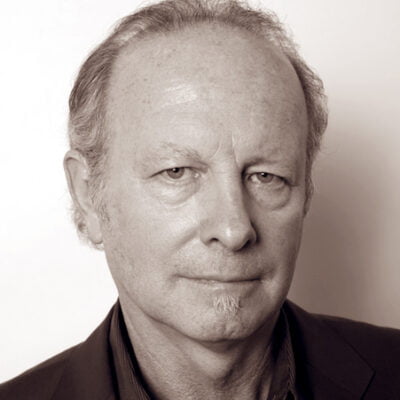
Dr. LeDoux’s most significant contribution is the mapping of neural circuits that are related to fear and anxiety. He also promoted a distinction between how we define animal emotions versus human emotions. By mapping out the brain’s response to threatening stimuli, he enabled the development of exposure therapies to treat fear and anxiety disorders. We are so grateful for his research!
Follow Joseph LeDoux here:
Brenda Milner

Dr. Milner is currently 102 years old and still contributing to her field of expertise, clinical neuropsychology. She was among the first to point out that damage to the brain in neurosurgeries could result in lasting problems in cognitive and emotional processes of patients. She was actually the scientist who analyzed the deficits of the most famous neuroscience case known as “H.M.” who had developed severe anterograde amnesia (i.e. not being able to form new memories) after a brain surgery attempting to cure his epilepsy. We are indescribably thankful for her efforts that shaped the history of brain surgeries.
Her list of publications: https://neurotree.org/beta/publications.php?pid=347
Jaak Panksepp
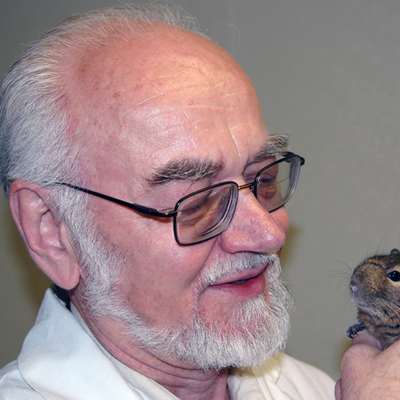
Dr. Panksepp is a pioneer in affective neuroscience from Estonia. He even coined the name of this discipline. He outlined a modern theory of basic emotions informed by an understanding of brain science across species. He used electrical neural stimulation and brain lesions to map seven basic emotions common in humans and animals. He calls these basic emotions “primary emotional systems” among which there are four positive (seeking, play, care, lust) and three negative (anger, fear, sadness).
Read more about Jaak Panksepp here:
Anil Seth
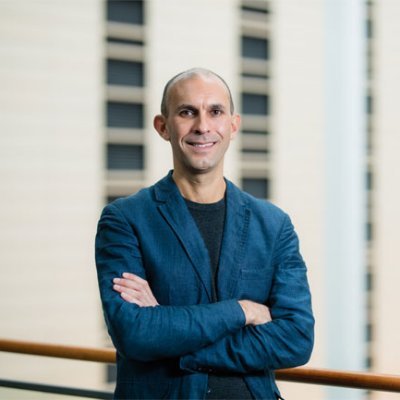
Dr. Seth is a researcher in consciousness studies. He suggests that scientists should not get distracted by the “why question” of why consciousness exists but focus on its observable and measurable characteristics. This will eventually get us to the why question, he posits. Dr. Seth highly values interdisciplinary work. In his lab, The Sackler Centre for Consciousness Science, he brings together psychiatrists, philosophers, and VR experts together with neuroscientists.
His famous TED talk: https://www.ted.com/talks/anil_seth_your_brain_hallucinates_your_conscious_reality#t-119541
We hope you have enjoyed this list of 10 highly influential neuroscientists. If you want to dive into the world of human behavior research, a good place to start is by downloading our free guide below!












